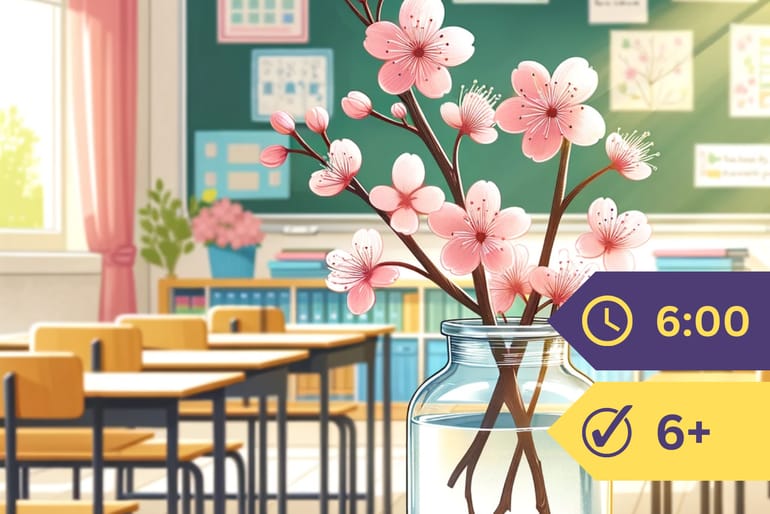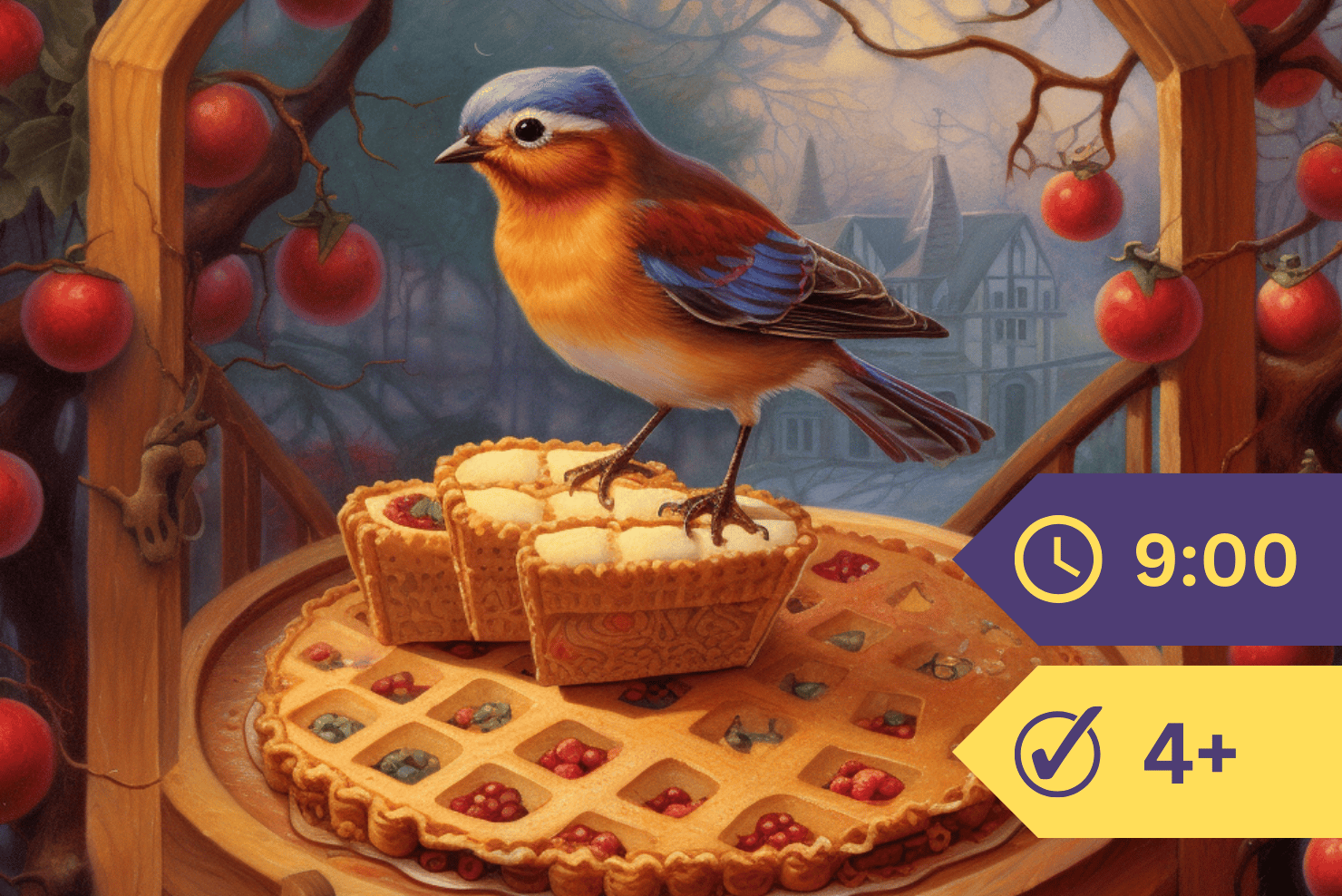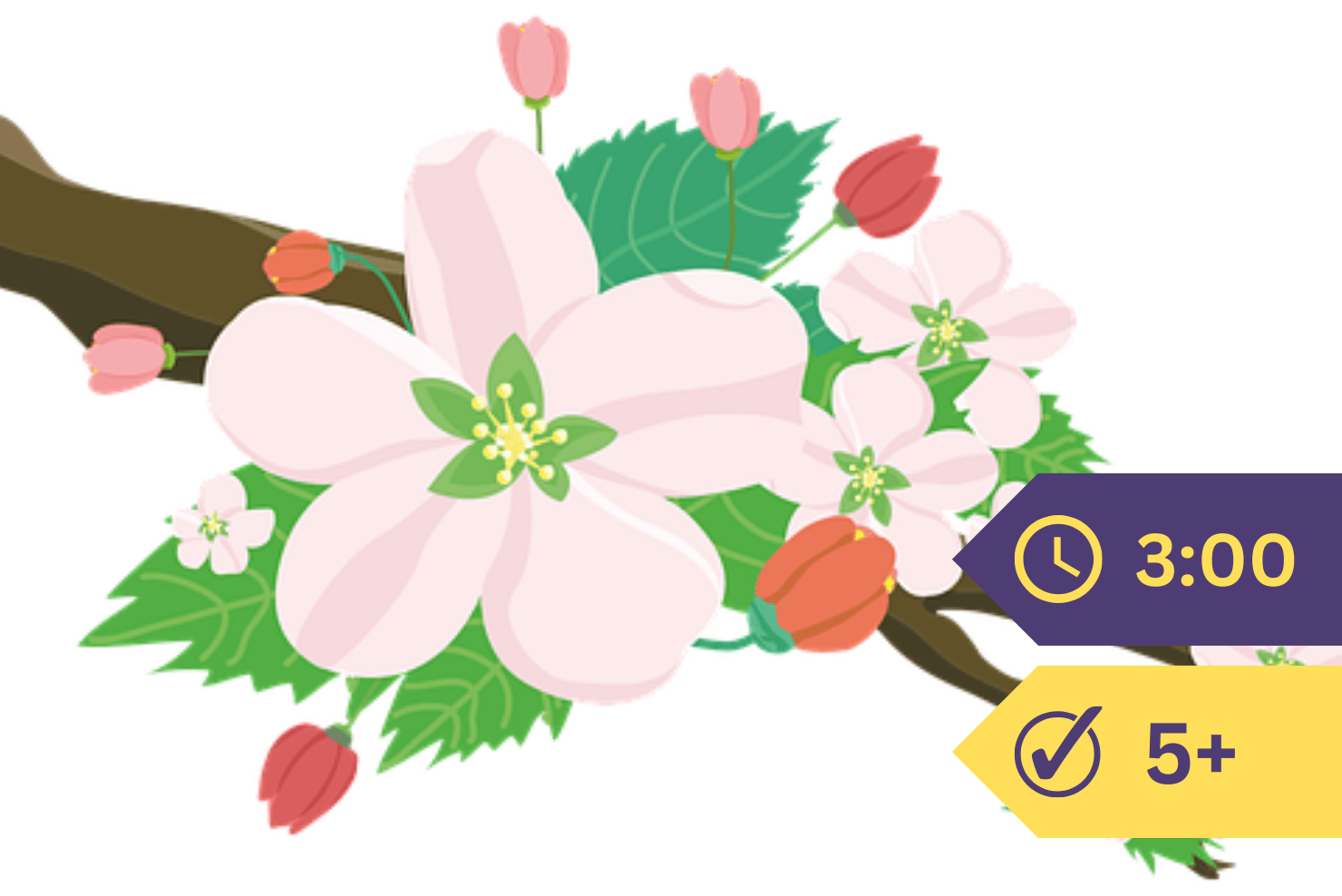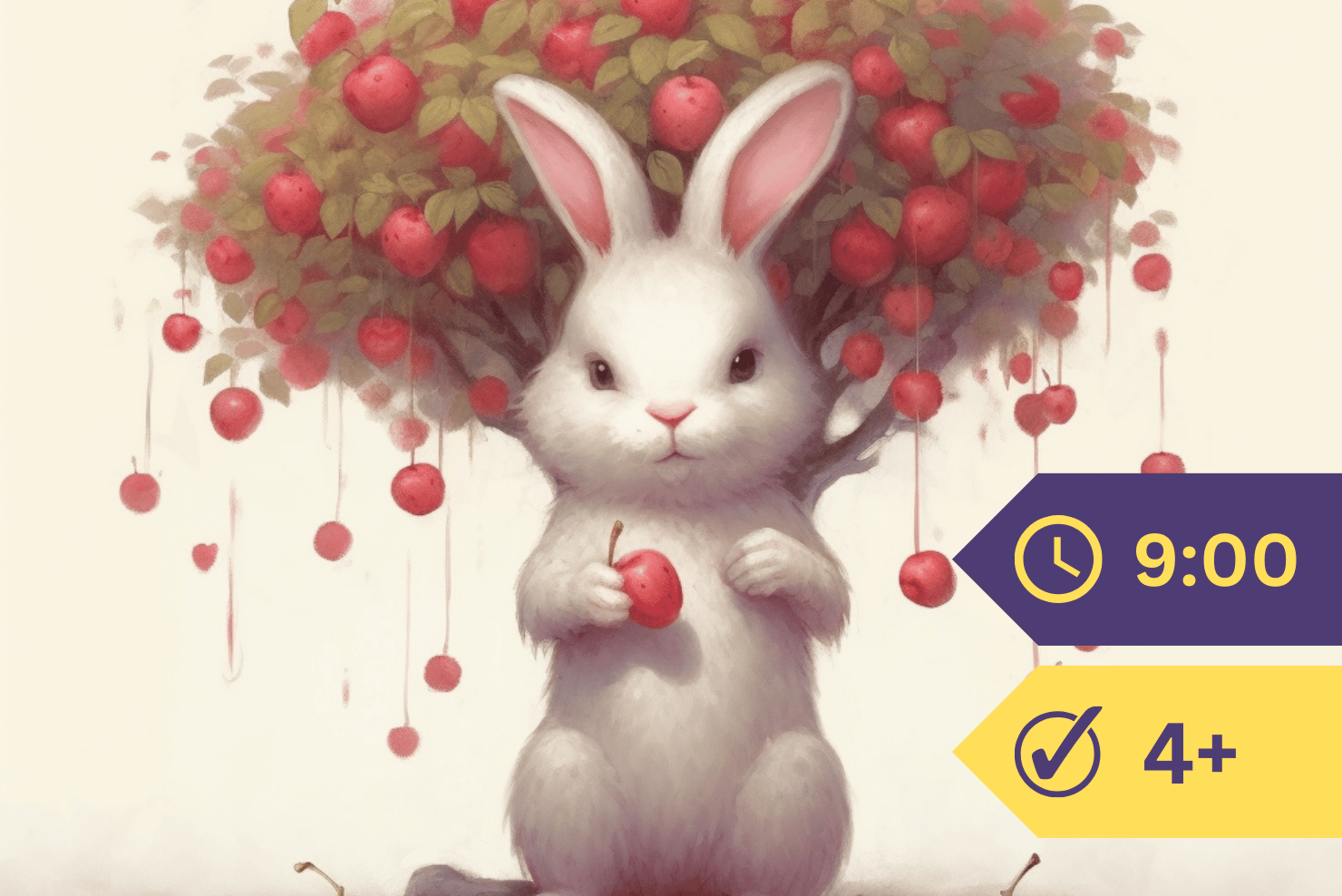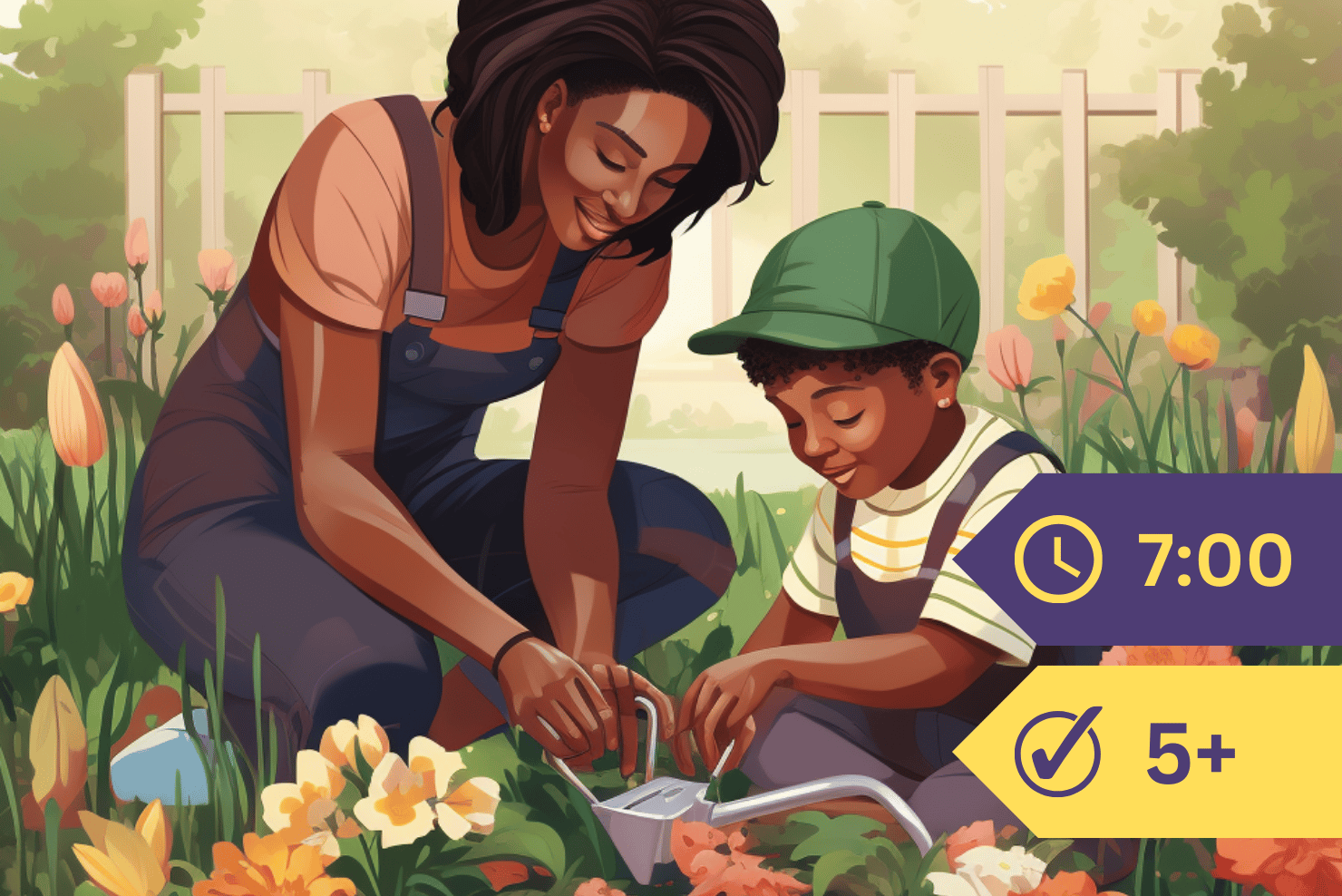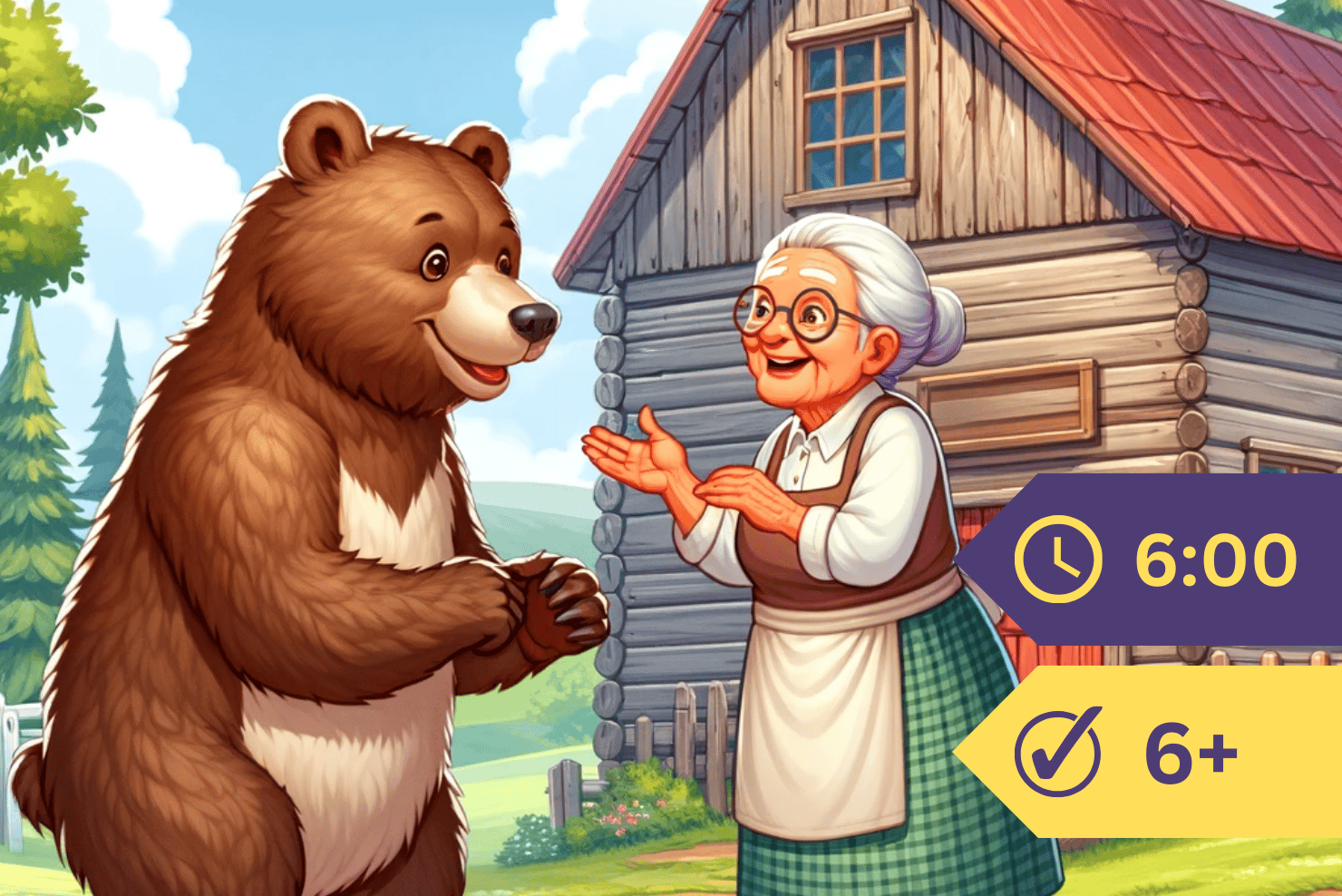One day your teacher brought to school a branch broken from the cherry tree. This she placed in water, standing the tumbler on the sunny window sill; and now its buds have burst into a glory of white blossoms.
To-day I want you to study the flower of the cherry; for if you know all about this flower, which is put together in a rather simple way, one that is easy to study, it will not be so difficult for you to understand other, less simple flowers.
You may wonder why I do not wait till the cherry tree outside is in blossom; but if we waited till May, other flowers, which are not built on quite so simple a plan, would have come and gone, and you would not have been able to understand them so well as if you had first studied the simple make-up of the cherry blossom.
Last fall we learned a little about this flower, but we had only its picture to help us in our work: so I think it well to begin all over again.
In looking at the cherry blossom, we should first notice the green cup which holds the rest of the flower.
This cup is divided into five green leaves.
During the babyhood of the flower, when it was quite too young to face the cold, windy world, these green leaves were folded together so as to shut away from all harm its more delicate parts.
Above this green cup we see a circle made up of five white leaves. These pretty leaves are spread outward as if they were quite proud of themselves, and eager to attract attention.
And that is just what they are trying to do; for the cherry blossom is not wise enough to know that here in the schoolroom there are no bee visitors to bring it yellow dust, and to help it grow into a cherry. These leaves are the little handkerchiefs which the cherry tree, just like the apple tree we read about long ago, uses in signaling the bees.

Within the circle of white leaves you see a quantity of what we named “pins with dust boxes.” You remember that these dust boxes hold the powdery material which is as wonderful as Cinderella’s fairy godmother in its power to do strange and surprising things.
And in the very center of the flower you find a single “pin,” as we called it, with a flat top which is not a dust box.
But you remember that at the foot of this pin is another sort of box, a seedbox.
And you have not forgotten that it is on the flat top of this pin that the bee brushes the yellow dust which gives new life to the seed below, and turns the little case of the seedbox into the juicy cherry.
So now what do we find in the cherry blossom? We find
- A green cup cut above into separate leaves.
- A circle of white leaves.
- Some pins with dust boxes.
- One pin with a seedbox.

Here you have the plan on which the cherry blossom is built (for flowers, like houses, are built on different plans), and the building plan of the cherry blossom is one of the simplest of all. So it is well, before studying more difficult flowers, to feel quite at home with this one. And you must try to remember first what work each part of the flower is expected to perform; for you see that the leaves of the green cup, the pretty white leaves, the pins with dust boxes, and the pin with a seedbox, have each and all their special task,—a task which they alone are able to accomplish.
Now, in talking about a flower it is troublesome to use a great many words where one would answer every purpose, so I will tell you what these different parts of the flower have been named; and by taking a little trouble to remember these names, we can save a good deal of time.
The green cup is called the “calyx.”
“Calyx” is a Greek word meaning “cup.”
The circle of leaves which grow above the green cup or calyx is called the “corolla.”
“Corolla” comes from a word which means “crown.”
The pins with dust boxes are called “stamens.”
“Stamen” comes from a word meaning “to stand.”
The pin with a seedbox is called the “pistil.”
“Pistil” is another form of the word “pestle.” A pestle is an instrument used in the drug shops for pounding and mixing medicines. You might ask to look at one the next time you are sent to the drug shop, and then you can see for yourselves if it really looks like its namesake, the pin with a seedbox.
Perhaps at first you may find it a little difficult to bear in mind these four words with their meanings; but soon they will become quite easy, and will save you much trouble.
Green cup,—calyx.
Circle of flower leaves,—corolla.
Pins with dust boxes,—stamens.
Pin with seedbox,—pistil.
If you remember the names of these four parts of the flower, how the different parts look, and what they do, you will have made a good start in the study of flowers.


